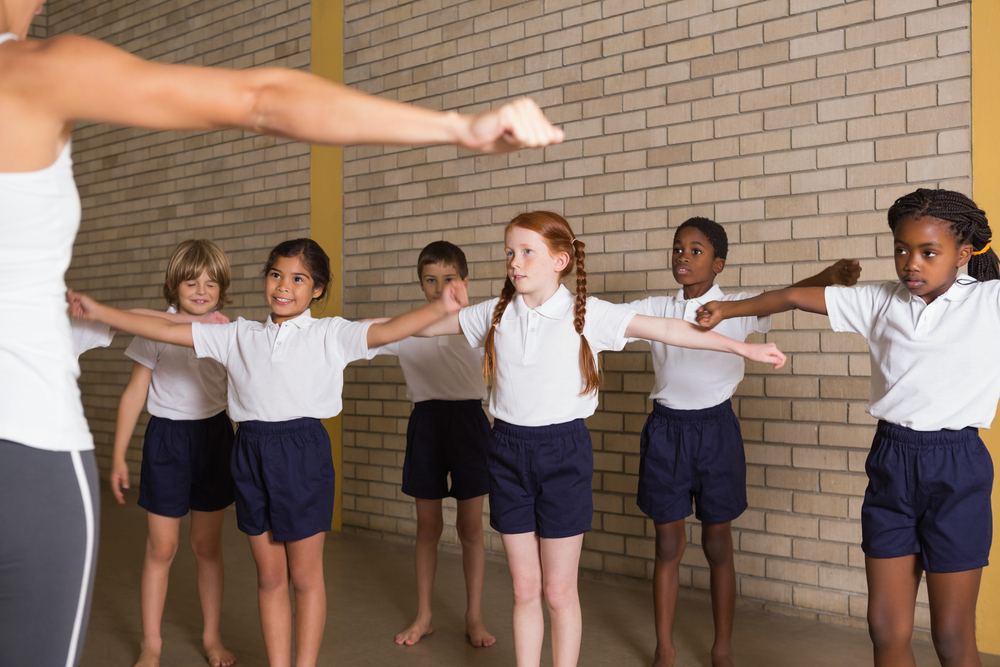General Information
The eight essential elements of effective Brain Breaks
Brain breaks, also called movement breaks, essentially mean to get your body moving! Adequate breaks are vital for optimal concentration. We often do not think about it, but we all include these in our day at work. You might make a cup of tea, take a quick walk to another office, visit the toilet, crunch on a snack, or make a phone call.
All these activities include movement. Yes, crunching on a snack and using your phone involves the jaw muscles (for eating or talking), which are potent muscles for regulating attention and emotions.
Brain breaks for kindergarten are as crucial as brain breaks for middle school, high school and adults.
They are often recommended for people with attention deficits, including ADHD, ADD, Autism, Sensory Processing Difficulties and weak muscles impacting posture and balance.
In general, a break at one- to two-hour intervals is appropriate. However, some children, teens and adults with attention deficits need breaks as often as every 10- to 15-minutes. Getting kids moving or getting your body moving is not enough; one must use specific movements and activities for optimal attention.
There are essential elements to include in a brain break. We’ll discuss the general elements necessary for everyone and then investigate red flags indicating that someone needs individualised activities during a break.
Eight essential elements:
- Exercise improves attention, as indicated in many research studies. Exercise releases neurotransmitters, promotes neuroplasticity (the ability of the brain to change), and increases the oxygen supply to the brain. The prefrontal cortex is the most reported brain area to undergo improvement post-exercise, seen in improved attention and executive functioning (the ability to plan, remember and juggle multiple tasks).
- Vestibular-proprioceptive input is gained from moving the head and body using specific exercises. These types of exercise encourage regulation of the body and improve the ability to maintain a particular posture to sit still.
- Brain Bridging involves coordinated movements of the left and right sides of the body. Brain bridging encourages communication between the left and right hemispheres of the brain – essential for many tasks in an ordinary classroom.
- Listening to music or a slow beat while moving on the beat. Focusing on the beat, body, and movements helps the higher brain areas (cognitive functions) to rest from strenuous thinking and problem-solving. A slow beat encourages regulating and calming the body and mind.
- Balancing the body in specific positions also helps to focus on the body, triggers the vestibular system and gives the higher brain functions, such as problem-solving and memory, a break and time to rest.
- Change of posture to rest your body and mind. You might change from sitting at a desk to standing while enjoying your coffee. A child might change from sitting on a chair to lying on the floor.
- Slow and controlled movements or exercises regulate the mind and body. It helps to slow down, order thoughts and pay attention to tasks. Vigorous, fast exercises might be exciting and will help some people. However, for groups, we recommend slow, rhythmical movements.
- Brain breaks should involve a break from the work you have been doing. If you work in front of a computer, you need to exercise and move, get out of your chair. You must sit or lie down if you are involved in physical work. A movement break for kids should involve a change of posture and activity.

CoordiKids have developed effective brain breaks that include all the above elements to optimise attention in the classroom and the homeschool environment.
The components mentioned above should be adequate for most people. However, when you are anxious, working against time to meet a deadline, stressed about emotional issues or handling attention or sensory difficulties, you might need additional, individualised strategies.

Individualised brain breaks are used when someone needs more than the average break or needs more often.
The red flags to indicate an individualised program is necessary, include:
- Difficulty with the exercises that peers find easy,
- Daydreaming soon after the brain break,
- Difficulty sitting still soon after the break,
- Difficulty in completing tasks in the given timeframe,
- Challenges with balance or the coordination of movements.
These children or adults might use additional strategies between the general brain breaks such as chewy or crunchie snacks, noise cancelling headphones, sucking on a water bottle, fidget toys, continuous movement as when sitting on a Swiss ball, or sitting away from others to avoid accidental touching. Contact your therapist or book a 15-minute free consultation to discuss an individualised plan.
CoordiKids conducted a research study at two schools using CoordiKids Classroom Brain Break. The combined outcome in all participating classes indicated a 20% to 80% improvement in students’ behaviour from before participating in the 5-minute set of exercises to after.
Teachers’ comments indicated that CoordiKids became an essential part of the day, with students much more settled and attentive following the exercises. They observed classes working a lot quieter for the duration of the morning. Students also reported that they were more focused after participating in the exercises.
Exercise is healthy and good for our bodies and brains.
The correct exercises enhance attention, help regulate the mind and body, and leave us focused on tasks.
CoordiKids Classroom Brain Break and CoordiKids Homeschool Brain Break are the ideal exercise courses for optimal brain breaks.